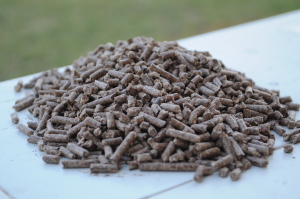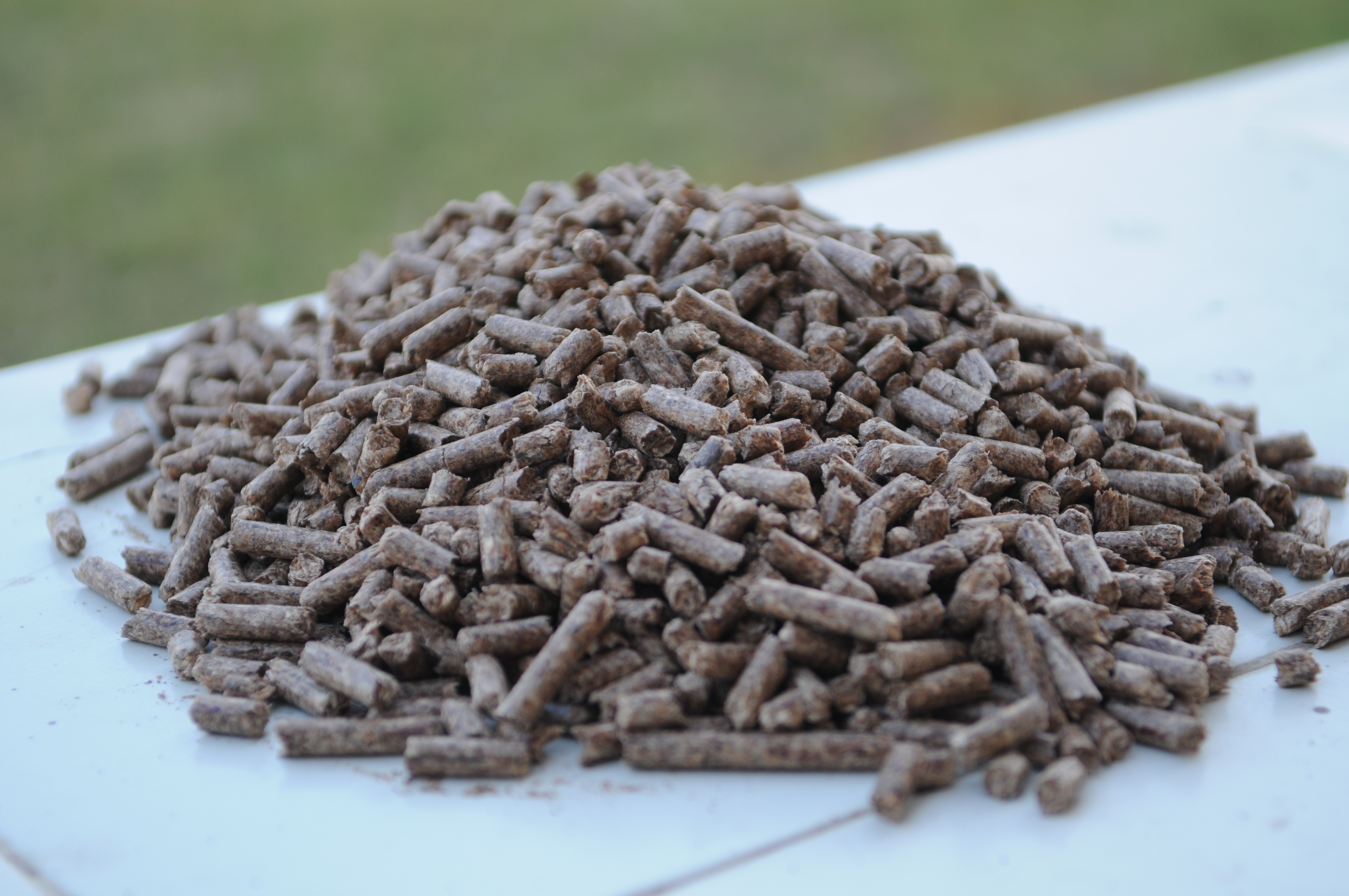What is Biomass?
Hardly there is anybody amongst us who haven’t heard of biomass. Biomass, as the name suggests is a biological material that can be processed as an energy source. Biomass usually includes plant material or its derivatives with wood being the main source of energy fuel in biomass. Ranging from dead trees to crop residues and even trees grown for their wood, being a source of biomass can be used to produce electrical energy.
 So how does this thing actually work? The answer is simple and requires a little recap from your high school science class. Plants as we know trap the solar energy from the sun during the process of photosynthesis to be stored in the form of starch, which is a chemical energy. As we recall, according to the basic law of energy, The Law of Conservation of Energy: Energy cannot be created nor destroyed but it can be transformed from one form to another. It is this chemical energy in plants that is later processed in the Power Plants to produce electrical energy in large scale. Hence it is not surprising that wood is the largest biomass energy source because higher the amount of chemical energy stored, higher will be the amount of electrical energy produced.
So how does this thing actually work? The answer is simple and requires a little recap from your high school science class. Plants as we know trap the solar energy from the sun during the process of photosynthesis to be stored in the form of starch, which is a chemical energy. As we recall, according to the basic law of energy, The Law of Conservation of Energy: Energy cannot be created nor destroyed but it can be transformed from one form to another. It is this chemical energy in plants that is later processed in the Power Plants to produce electrical energy in large scale. Hence it is not surprising that wood is the largest biomass energy source because higher the amount of chemical energy stored, higher will be the amount of electrical energy produced.
The Biomass technology to produce electrical energy involves Biomass gasification. It is a technical process that involves a series of steps. Initially, the plant residues are subjected to very high temperature and under controlled conditions reacted with oxygen to produce hydrogen, carbon monoxide, carbon dioxide and methane. The “resultant gas” or “producer gas” can then be further processed to remove any corrosive materials dissolved and eventually furnished to drive the turbine.
The process will be explained further in detail in my next article “Biomass Power Generation”.
So, now let us focus on the pros and cons of this energy source, which has allowed us to generate greener energy.
- Biomass as we know is a renewable energy source. A renewable energy source means we are not running out of its resources in the near future unlike in the case of coal or other non renewable energy sources. There is abundant source of biomass and since it is derived from living organisms its stock is recycled over the years. This is an important feature when relying on any energy source because of the Global concern towards depleted energy sources. The world is skeptic that we are going to be running out of our energy sources in the near future; therefore it becomes a prime choice to shift our dependence from non renewable to renewable energy sources. Biomass will also help us reduce the toll on fossil fuel and other non renewable energy sources
- The second advantage is the benefit that we can achieve by turning waste such as plant residues or other waste organic material from animals into something very useful. The scrape that were produced from plants or animals and disposed considering as worthless can be utilized to produce electrical energy on a large scale. This will also help reduce the landfill allocated for disposal and make room for the land to be utilized for more beneficial purposes. Hence it is a dual advantage as it helps to get rid of garbage and also makes room for better utilization of land space.
- Also renewable energy sources are considered environmental friendly and produce less pollutant. Hence one of its greatest advantages is the reduction in its greenhouse gas emission into the atmosphere. Also the carbon dioxide released during the burning of biomass in the Power Station, is again reabsorbed by the plants during the process of photosynthesis.
So, we can definitely see that there are numbers of reason for the choice of biomass as an efficient energy source but however we should realize that there are certain cons to the system as well. The next part of the article discusses some of the disadvantages of the reliance on biomass.
- As it was mentioned earlier in the article that biomass gasification releases “producer gases” which includes both carbon dioxide and also methane. However we were able to negotiate on carbon dioxide being reused by plants for the process of photosynthesis. Methane on the other hand is a green house gas which is also the core reason for the depletion of the ozone layer and causing “Global Warming”.
- Secondly it is also inefficient in terms of the energy produced in comparison to fossil fuel. Therefore to produce sufficient energy to cope with the global electricity demand more trees and tree products needs to be uprooted which would lead to environmental catastrophe due to deforestation.
These were some of the pros and cons highlighted that will help us deliberate whether the switch to the dependence on Biomass as a renewable energy sources is feasible or not. Both the sides require careful weighting and scrutinization before a reasonable conclusion can be made.
